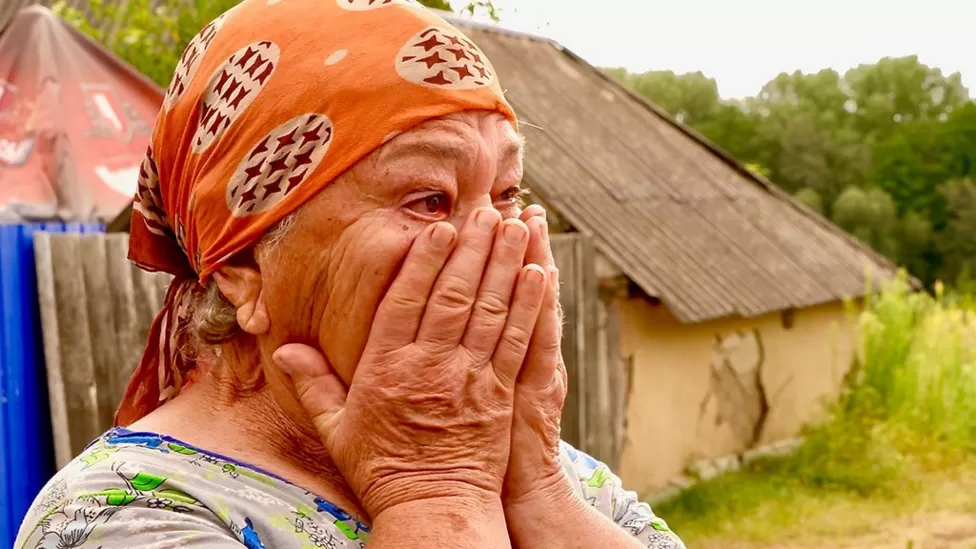Russia’s kamikaze drones raining down on Ukraine’s east

Having spent the past month with Ukrainian brigades in the area, he discovered that drone attacks are increasingly sophisticated.
There is a fire raging in the Sbrainskyii forest. There is a faint smell of wood smoke in the air at first, only a hint on the breeze. In the distance, the sound of artillery thumps as three members of the 1st Special Purpose Bohun Brigade climb into an armored Humvee.
Earlier, Taras, the brigade’s press officer, had warned us: “It’s like Verdun out there.”.
Lyman lies to the east of a sprawling forest. The Russians have made modest gains here and north to Kupiansk in recent weeks. According to the commander of Ukraine’s eastern forces, the threat is substantial.
Last week, General Oleksandr Syrskyi warned that Russian forces were regrouping in the east. There are more than 900 tanks and 100,000 troops stationed in the area, according to him. Much of the territory captured by Russian forces in September last year was recaptured by Ukrainian forces in the eastern regions. As part of Moscow’s stated war goal, Luhansk and Donetsk regions of Donbas are to be liberated. However, Kyiv is also fighting a separate offensive in the south of the country with its greater manpower.
In the woods, the Humvee lumbers over dusty dirt tracks – some trees are on fire, others have collapsed blackened trunks on heavily cratered ground.
From the gunner’s turret, dust and smoke billow into the vehicle. As much as the small cracked toughened windscreen will allow, the battalion commander, who goes by the call sign “Speaker”, sits forward in the passenger seat, firmly focused on the road ahead and sky above.
According to him, the damage was caused by an artillery strike this morning, maybe a couple of hours ago.
Since 2014, Speaker has been fighting Russia and its proxies. Last September, he spent a month in hospital after being shot in the hand.
His radio communications are minimal in the car, and he barely speaks.
The earlier Russian rocket strikes have destroyed the tree canopy, leaving the ground and road bare. The Humvee – and the pick-up truck in front – kick up great clouds of dirt and sand into the morning air, exposing the troops.
As the Humvee’s engine labours over dips and twists in the track, the driver – call sign “Accountant” – grips the steering wheel tightly. A cigarette hangs from the lips of the gunner – “Student” – who is holding the 50-calibre gun and wearing his helmet.
Approximately 40 minutes into the drive, a fireball erupts directly in front of the Humvee. I ask the student if he is unhurt after he drops down into the cab of the vehicle. OK, he nods.
Speaker curses from the passenger seat, shouting, “A lot of drones.”. A Russian kamikaze drone attacked our car, he says, referring to drones guided by secondary surveillance drones that can crash into targets precisely.
The speaker continues: “They saw us from the top and tried to attack. They saw us and are now seeking us and hunting us. We need to flee and go back.”
The drone missed us by a metre, hitting the road between the Humvee and the lead pick-up truck. As well as alerting the Russians to our position, the dust cloud we were creating likely obscured their targeting.
Speaker said there were two drones in the sky above. One is for surveillance, the other is for strike. Continuing down another dirt road, we see the blackened remains of another Humvee by the roadside, its armour cracked wide open and turret gone.
According to Speaker, a kamikaze drone took out yet another of the battalion’s vehicles a week ago, killing one of their soldiers and injuring three others.
